Perimeter and Area of Plane Figures
| Triangle
Let |
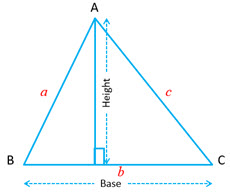 |
| Right-angled Triangle
Let |
 |
| Isosceles Right – angled triangle
Let the equal sides be |
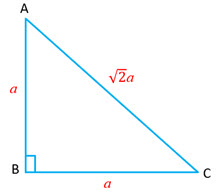 |
| Equilateral Triangle
Let each of the side is |
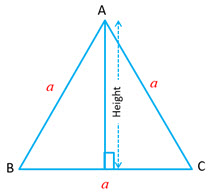 |
| Isosceles Triangle
Let the equal sides be |
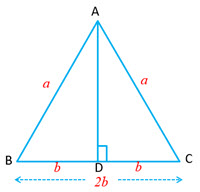 |
| Rectangle
Let the length |
 |
| Square
Let the side of the square |
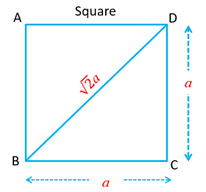 |
| Parallelogram
Let the two adjacent sides of the parallelogram be |
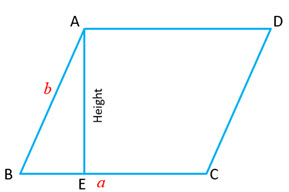 |
| Rhombus
A parallelogram that has all the sides equal is called a rhombus. If |
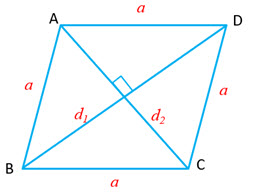 |
| Trapezium
A trapezium is a quadrilateral two of whose sides are parallel. A trapezium whose non-parallel sides are equal is known as an isosceles trapezium. Let |
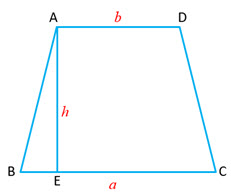 |
| Quadrilateral
If |
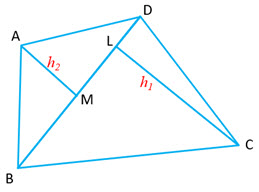 |
